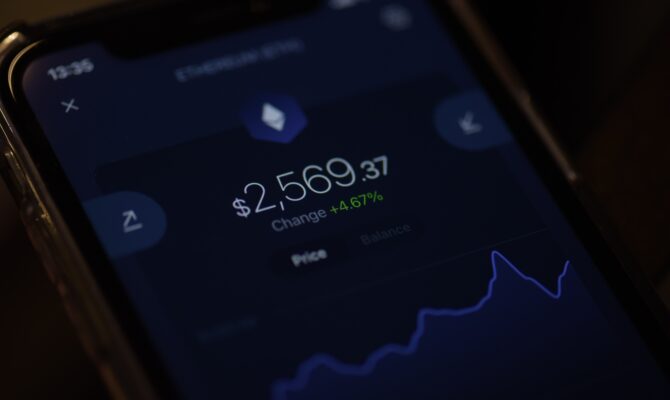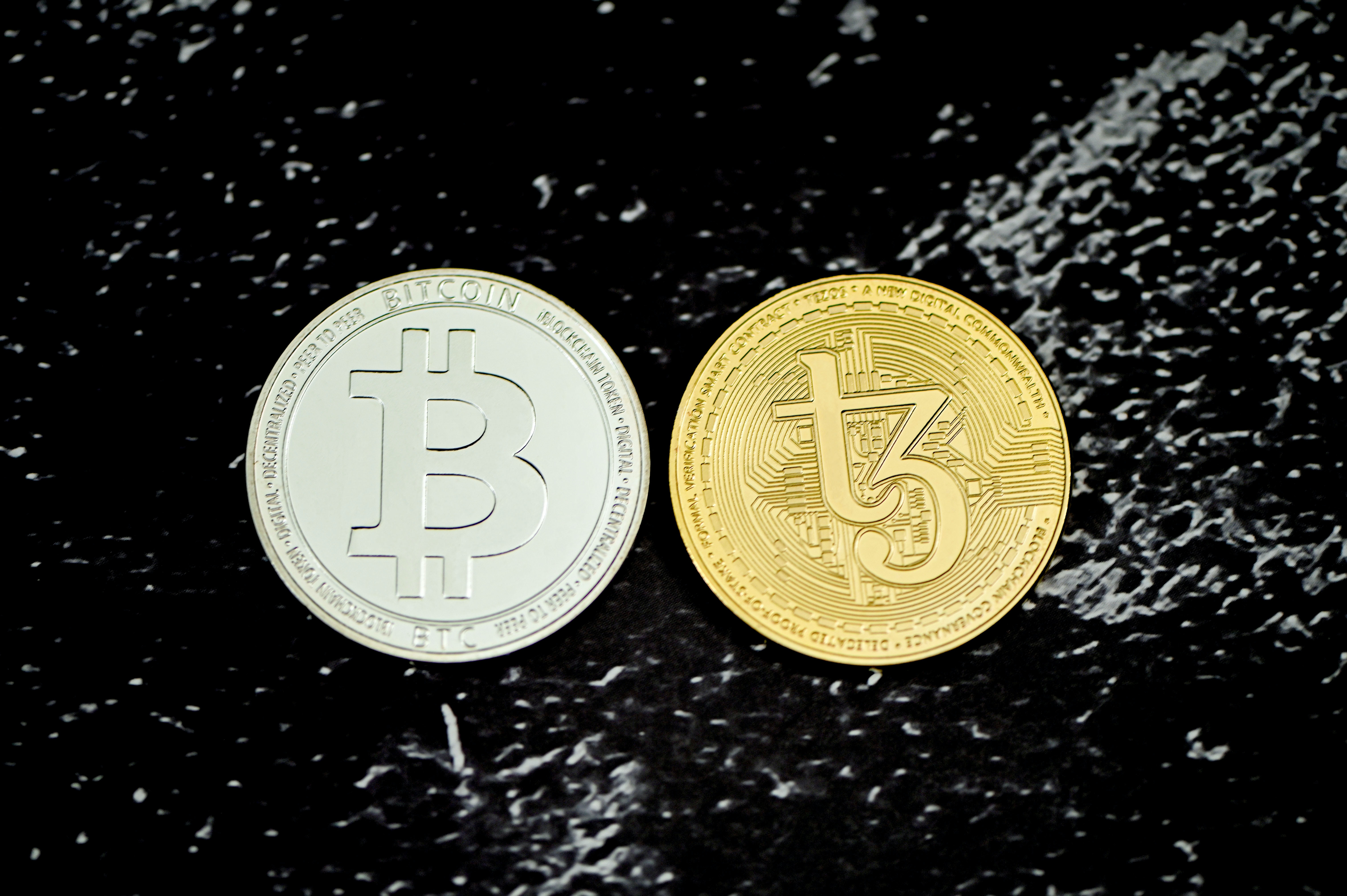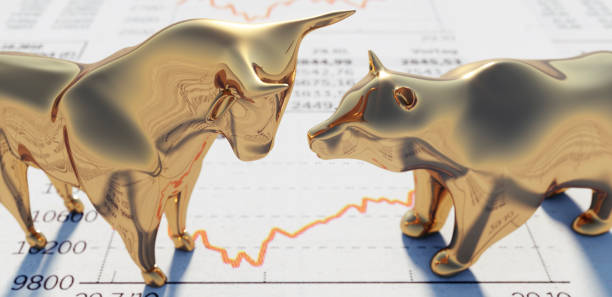
Let’s discuss how to Dollar Cost Average and some strategies to think about.
Now, admittedly, this is a long one, so grab a tea and let’s begin!
Firstly, what an incredible start to 2024. I’ve been calling it a popcorn year for Crypto, and we are not even halfway through.
So far, we have had BTC break through previous all time highs (prior to the BTC halving).
Institutions are moving in fast
The halving is just over a week away
Retail money is yet to really pour in
The alt market boom hasn’t officially begun
And the list goes on!
In other words… when it rains, it pours in Crypto.
And right now, it’s hard to be bearish.
Now let’s discuss the market.
Right now, we are still in the pre-bull market phase and until the halving happens we are considered to be in the ‘Danger Zone’. This means price volatility and, for the savvy investor – cheaper cryptos and market re-entry points.
Post halving, the ‘Danger Zone’ will convert into the Re-Accumulation zone until later this year (perhaps September). And once again, the investor will be presented with re-entry points and natural pullbacks all the way to our expected (and much-loved) bull market. It is projected that Bitcoin will fluctuate between US$60k and $70k approximately within this zone.
Based on cyclical history, we could anticipate the official start to the bull market in November, but based on how this year is performing, this could come a fraction earlier.
So how do we enter capital into the market right now?
Well, there are two ways.
Dollar cost averaging allows you to invest in incremental amounts and reduce the volatility that your portfolio may experience because you are potentially lowering your average investment price.
For example – you may purchase Bitcoin at US $60k, $65k, $58k, $55k, $70k – and your average figure is somewhere in between all that.
However, had you dived in when BTC was $70k US, your average would potentially be a lot higher.
You get the idea.
Now, for some, DCA doesn’t apply to them, and they prefer to allocate their entire position into the market. This is because they may see the long term price trajectory and the 5-20% saving is negligible in comparison to what they believe their portfolio will be worth in the future.
It’s essentially personal preference.
When it comes to DCA, here are some considerations:
To help, I have provided some educational examples below to prompt thinking and questions in relation to your own portfolio.
CASE STUDIES:
Susan and John Invest $2,000:
Maxine has $3000 + $600 per month to allocate:
Mark has $15,000 ready to go:
Harry and Madeleine are ready to invest $100,000:
Robert invests directly with $30,000:
Another thing to add to the mix…
For many investors, they think that perhaps they need to allocate all of their capital now, but there is another way you can do this which may or may not suit you.
Some investors hold a percentage of their capital back after they have DCA’d or invested directly in the market (for example, 20-30%) and wait to see which Crypto’s in their holdings are performing very well. They then, in the early phase of that run up, allocate additional funds to the Cryptos that are outperforming.
This has been a successful approach for investors because they reduce any potential risk of a crypto under performing and save time waiting in the pre bull run up phase.
Food for thought.
Some concluding points…
Now do you see, based on these case studies, that there is never a cookie-cutter approach to entering this market?
But rather what suits you!
Always invest in a way that makes sense to you and your lifestyle.
Remembering that whilst there is no right or wrong way to do it, having a plan will automatically place you miles ahead of the crowd.
On a final note – let’s chat about GAS fees – because it’s important!
Every time you engage with the Ethereum blockchain (or any blockchain for that matter) you are paying GAS fees. These are also known as network fees.
During a bull market – the fees can become very expensive – $10 USD – $150 USD (even higher) every time you sell something, unstake or swap, move off an exchange or simply move it from one private wallet to another.
So, if you are buying using DCA with a smaller portfolio, in some cases, it makes sense to temporarily hold all of that Crypto on the exchange for a short time and then move it all at once. This means you will pay one fee – not 10.
And trust me. It adds up.
If you are investing a very large amount, the gas fee is worth paying because holding tens of thousands on an exchange to save on gas fees simply doesn’t make sense (with regard to risk).
While we never recommend long-term holdings on crypto exchanges, we can strategically hold (for smaller investment portfolios) when we’re in a bull market and fees are high. It goes without saying you’ll need to use an exchange that is well-known, trusted and highly regulated.
As a rule of thumb, in Australia, gas fees typically are cheaper on the weekends (mostly Sunday).
In Summary:
I hope this has provided some clarity on how to enter this market the safely and right way plus got you to think about some things you may not have considered in the past.
Invest smart, keep emotions away and enjoy the journey!
Remember, no one has a perfect buy or sell record, and it is better to get some skin in the game, then overthink or procrastinate or ‘wait for that perfect dip’.
Start now, start reasonably, and you are bound to be successful.

You’ve heard me say it many times before… I believe we’re at a pivotal moment in history and the opportunities…

Last time, I covered the SEC situation and the Blackrock play for Bitcoin investment. While it looks like these are…

Unpopular opinion time! It’s no secret we’ve been in a bear market for a while. But I happen to believe…
Register for the FREE 90 minute
Crypto Training